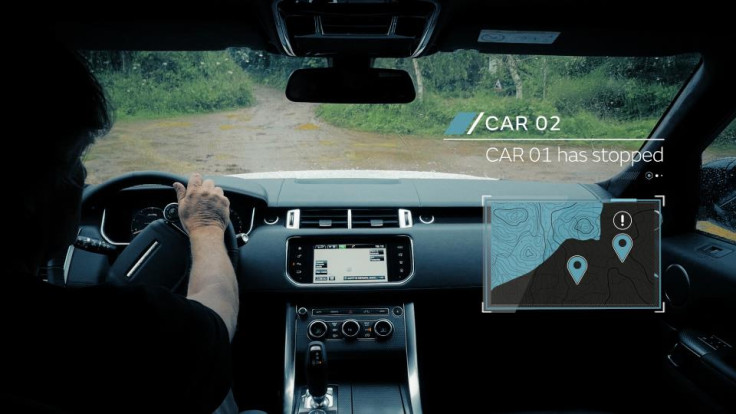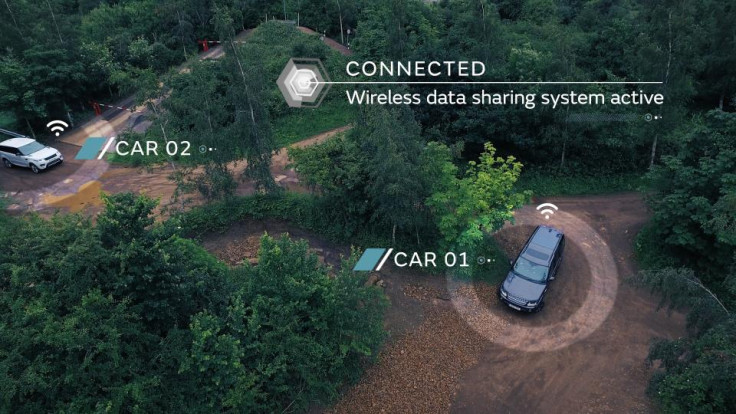Jaguar Land Rover takes self-driving car technology off-road for the first time
Cameras, sensors, radar and lidar turn Land Rovers into autonomous off-roaders.

Jaguar Land Rover has created a suite of autonomous off-road driving features to help cars drive themselves on any terrain and in any conditions.
Going far beyond the motorway driving autonomous cars are capable of today, Land Rover sees a future where vehicles will take over from the driver to help them navigate over rough terrain, through deep standing water, or down steep and uneven hills, and they will even talk to each other, sharing information on the terrain ahead.
The system combines cameras, ultrasonic, radar and lidar sensors to create a 360-degree view of the world around it, then plot a 3D path over the terrain ahead.
These can see better than any human and, Land Rover claims, use a high level of artificial intelligence to "think for itself and plan the route it should take, on any surface."
While scanning up to five meters ahead, the car analyses all potential surfaces to be driven on and spots hazards above and to the side of the path ahead (adjustable by the driver if a roof box or bike rack is fitted, making the car taller).
Tony Harper, head of research at Jaguar Land Rover, said: "Our all-terrain autonomy research isn't just about the car driving itself on a motorway or in extreme off-road situations. It's about helping both the driver and autonomous car make their way safely through any terrain or driving situation."
Harper says the goal is to not limit autonomous driving to tarmac. "When the driver turns off the road, we want this support and assistance to continue. In the future, if you enjoy the benefits of autonomous lane keeping on a motorway at the start of your journey, we want to ensure you can use this all the way to your destination, even if this is via a rough track or gravel road."

A new feature called Terrain-Based Speed Adaption uses the same cameras and sensors to predict the impact caused by upcoming potholes and changes in terrain. The car then adjusts its speed accordingly to make the ride more comfortable. The Jaguar F-Pace uses a similar, albeit less advanced, system which acts like cruise control for off-roading, where the car maintains a constant speed no matter how steep a hill it is driving up or down.
Finally, Jaguar Land Rover has created Off-Road Connected Convoy, a system which links two vehicles together over a local wireless network, then transmits messages from the lead car to any following it. If the wheels slip or sensors encounter a change in terrain, following cars are told to prepare for it, or even avoid if the system thinks there is an alternative route around an obstacle.
Harper explains that the vehicle-to-vehicle system can "seamlessly link a convoy of vehicles in any off-road environment. If a vehicle has stopped, other vehicles in the convoy will be alerted - if the wheels drop into a hole, or perhaps slip on a difficult boulder, this information is transmitted to all of the other vehicles."
In the future, Land Rover hopes the system could encourage following vehicles to take a different route if the lead car struggles over a certain piece of terrain.
© Copyright IBTimes 2025. All rights reserved.






















